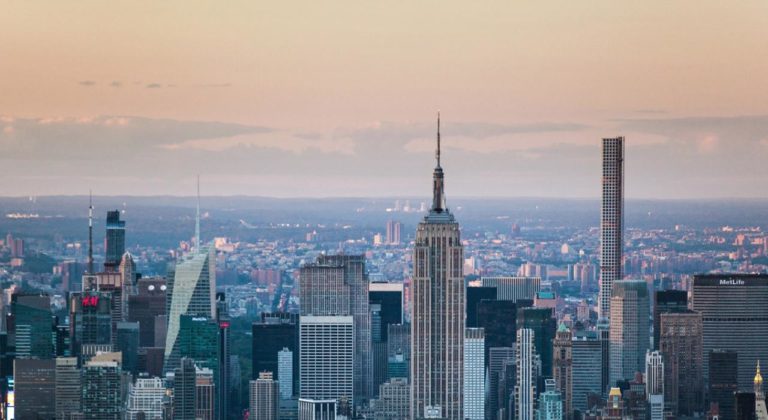When it comes to land ownership, there are a lot of rules and regulations to take into account. One of the biggest is zoning.
Zoning laws can dictate how your property looks through aesthetic regulations like minimum house sizes and setback requirements. They can also regulate how you use your property through restrictions on noise levels or home businesses.
Zoning Districts
Every square inch of land in New York City has a specific zoning designation, outlined on a map and codified in the Zoning Resolution. The zoning law organizes how large buildings may be, how they are built and what they can be used for.
The zoning law also establishes basic development regulations for each of the districts on the map. This includes dimensional standards, such as minimum yard setbacks and lot coverage restrictions, and height limitations.
Most uses are permitted by-right if they meet certain requirements (generally, the zoning ordinance’s dimensional standards). A few of the district’s permit requirements are based on nuisance effects, such as noise, air pollution and traffic.
Buildings that conform to the use regulations but do not comply with subsequently enacted bulk standards are subject to controls limiting their enlargement or conversion (or, in the case of non-complying historic buildings, their reconstruction). Non-complying existing buildings may be subject to a lengthy review process called a “rezoning.” During the rezoning process, neighbors have an opportunity to comment on the proposed change.
Historic Zones
Historic zones protect buildings in certain areas that are considered historic or architecturally significant. The laws governing these zones may require homeowners to obtain permission from preservation boards before making exterior alterations or demolishing buildings. The zones often impose costs on residents in the form of compliance fees and other restrictions that reduce housing supply. In addition, the restrictions can lead to lower property values.
Many municipalities use historic districts as a way to promote redevelopment in historically significant areas, but critics charge that the designation process is often used as a cudgel against development. For example, a 1960s diner in Denver was labeled as historic after preservationists used it to delay and prevent a planned conversion into an eight-story apartment building.
The zoning regulations that are most common in the United States are called Euclidean zoning codes, named after the town of Euclid, Ohio. These codes separate land into geographic districts and stipulate dimensional standards that limit the type and size of buildings.
Agricultural Zones
Agricultural zones are the primary area of New York State law that addresses land development regulations for farms and farm-related businesses. A number of important court decisions have considered the interaction between local zoning ordinances and the State’s interest in conserving, protecting and promoting agricultural land and agricultural activities.
Planting zones—which are based on annual minimum temperatures that determine which plants and insects can survive winters—have shifted north in the United States as the country warms due to heat-trapping carbon pollution. This shift will force growers to select crops that can survive a broader range of climate conditions.
Inclusion of these types of practices in a city’s zoning code could make it easier for communities to produce more food. But it is important to remember that other laws or policy considerations may also impact these practices, and some may disproportionately affect certain populations. For example, prohibitions on animal-keeping can disproportionately impact immigrant communities seeking to grow Halal meats.
Other Zones
Other zones often include special purposes that allow for a more specific range of uses on particular areas of land. These might be based on environmental concerns or specific business types like airports, or a combination of these. For example, hotels that are not located within a residential zone may be allowed to operate a bar provided it is part of the hotel and does not impact other residential properties nearby.
In some cases, a specific area of land is designated to support the community by providing for a public space. These are often known as community, recreational or open space zones.
In order to make changes or exceptions to zoning regulations, an amendment must be made by the local council and approved by the community. This is a difficult process as the amendment must be made to “achieve a planning outcome and be consistent with the future strategic directions of the municipality” (Victorian State Government 2008). This is not an easy task for any government, especially in light of the fact that a zoning amendment can significantly alter how a property can be used.

